Dump Leaching
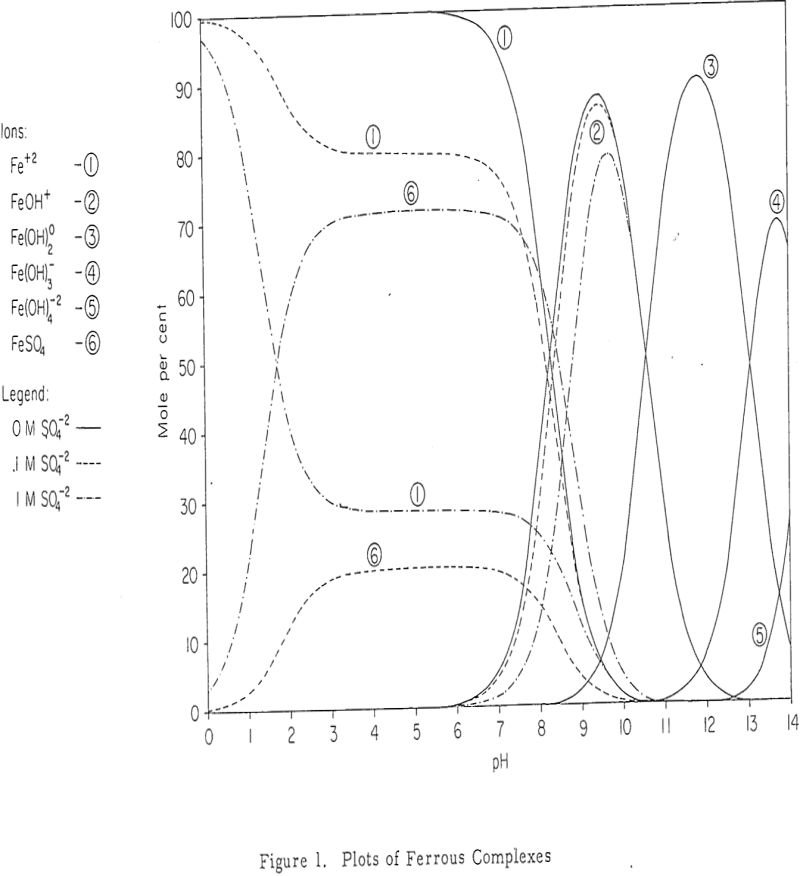
The dump leaching of low-grade copper ores, as an integral part of the open-pit mining operations in the Southwest, has been practiced for the last fifty years and is increasing in importance as one of the major sources of copper. The recent acceleration in dump leaching can be attributed to the greater tonnages of low-grade […]
Manganiferous Iron Ore Chlorination
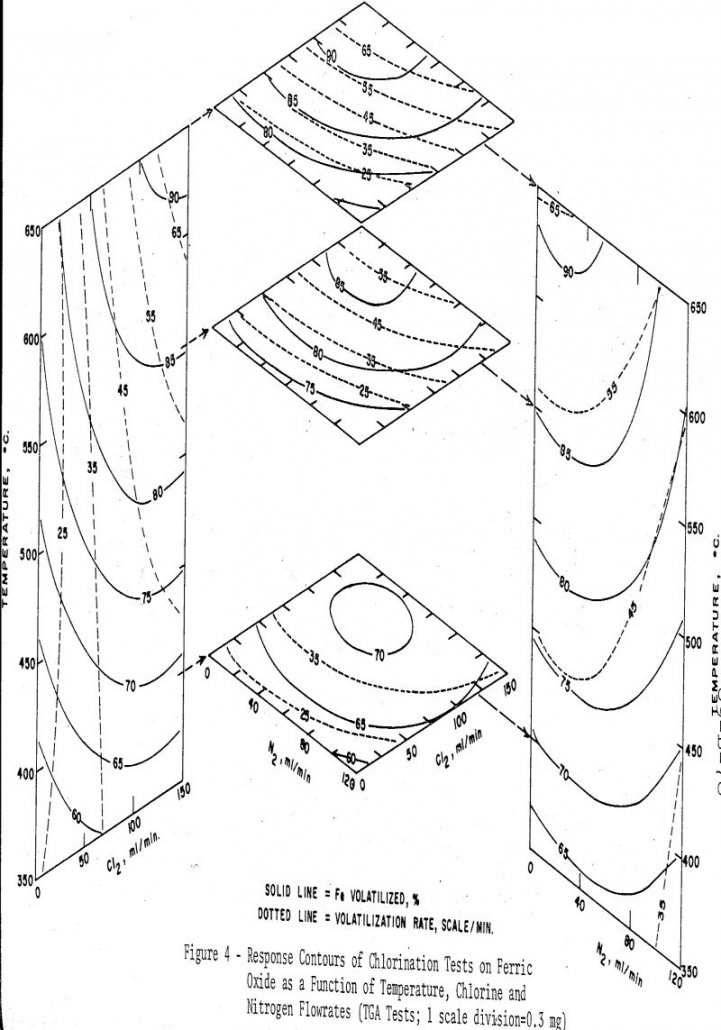
The chlorination behaviors of pure iron and manganese oxides were investigated by combining a thermogravimetric analysis (TGA) technique with batch-boat roasting followed by leaching. Ferrous and manganous oxides could be chlorinated readily, but, in the absence of a reductant, the higher oxides of both iron and manganese were difficult to chlorinate. Thermogravimetric analysis curves were […]
Kelex 100 Reagent for Copper Solvent Extraction
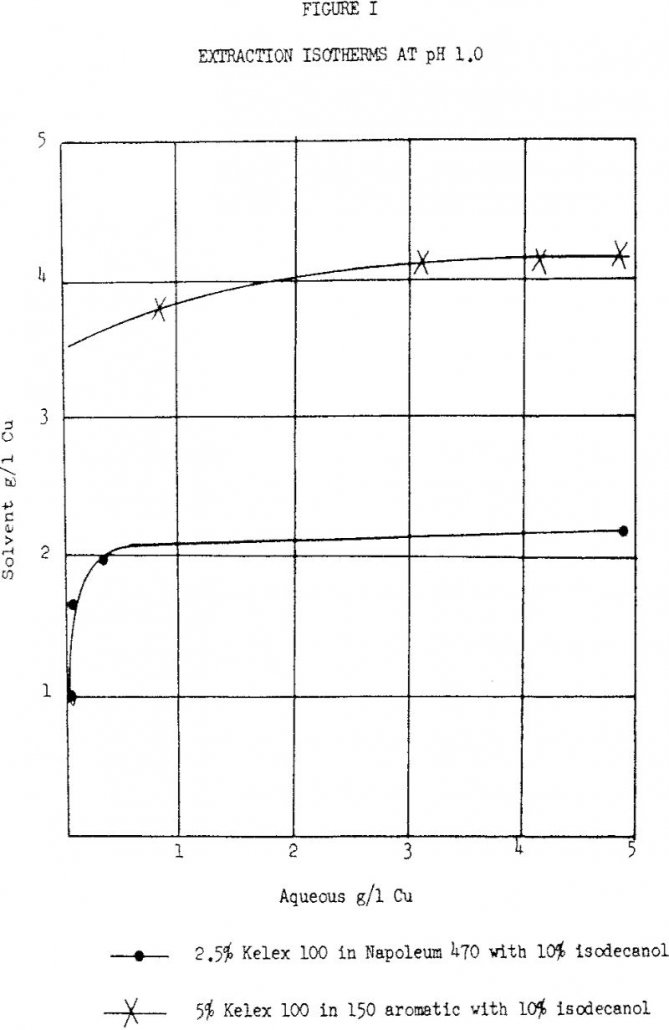
Kelex 100 is a single organic compound designed to selectively extract copper ions from leach liquors having acidities in the pH range of one to three. In the process of extraction, as indicated by the forward direction of the following equilibrium expression, an extremely stable copper complex is formed. The unusual stability of [R2Cu] org […]
Rock Fracturing Techniques for In-Place Leaching

The two most stringent parameters for in place fracturing of rock are the lack of any initial void space in the rock which to expand into and the ability to gain access only through drill holes. These two restrictions have proven so severe that as of today the only proven techniques for efficient fracturing are […]
How to Recover Elemental Sulfur from Ores by Solvent Extraction
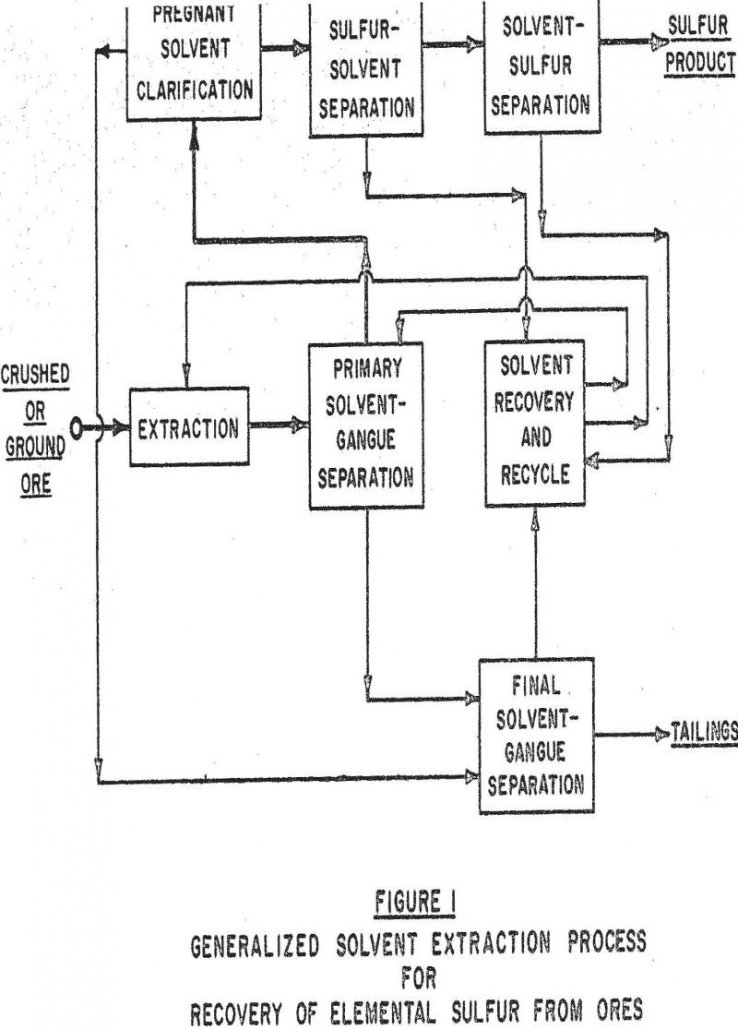
Considerable amounts of the world’s known reserves of elemental sulfur are found near the surface in areas of volcanic activity both active and inactive. Because such deposits cannot in general be mined by the well-known Frasch process, and because other methods of recovery have not proven to be economically competitive except in isolated instances, at […]
Microbiological Leaching
Bacterial attack of sulfide minerals has been going on for centuries but only recently was it discovered that the acid and iron often found in coal mine drainage is produced by bacterial action on the iron sulfides in the coals. Not until 1950 was it proven that bacteria were playing a role in the dump […]
LIX-64N A Progress Report on the Liquid Ion Exchange
In late 1965 General Mills announced the availability of a new liquid ion exchange reagent LIX-64, for the recovery of copper from various solutions, such as dump leach liquors. Acceptance of this material by the copper industry has been gratifying. A number of pilot plants have been operated, and at this writing there are four […]
Cyclone Separators for Solvent Extraction in Metallurgy
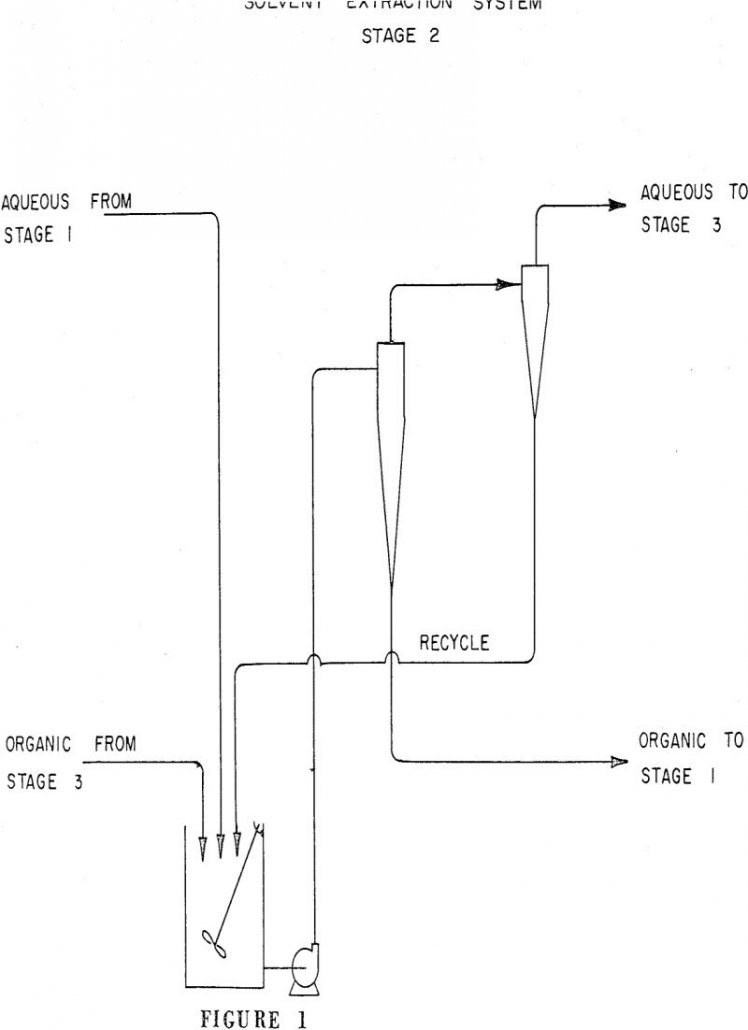
Solvent extraction as a method of purifying and concentrating metal values from solution has become a standard hydrometallurgical operation for recovery of both uranium and vanadium, and within the past two years it has been put into operation in a commercial plant for recovery of copper from leach solutions. In this first full scale solvent […]
Synthetic Zeolites Properties and Applications
Zeolites were first recognized as a new group of minerals by Cronstedt with the discovery of stilbite in 1756. The word zeolite was coined from the two Greek words meaning “to boil” and “a stone” because of the loss of water when heated in the mineralogist’s blow pipe. In 1845 it was discovered that certain […]
Recovery of High Grade Copper from Ammonical Solutions
The present process refers to a method for efficiently obtaining high purity metallic copper from copper ammonium sulfite. Essentially, this process consists of submitting the copper ammonium sulfite to the action of heat and pressure with the object of obtaining by the decomposition of it, metallic copper, ammonium sulfate, sulfur dioxide, and sulfuric acid. Detailed […]
